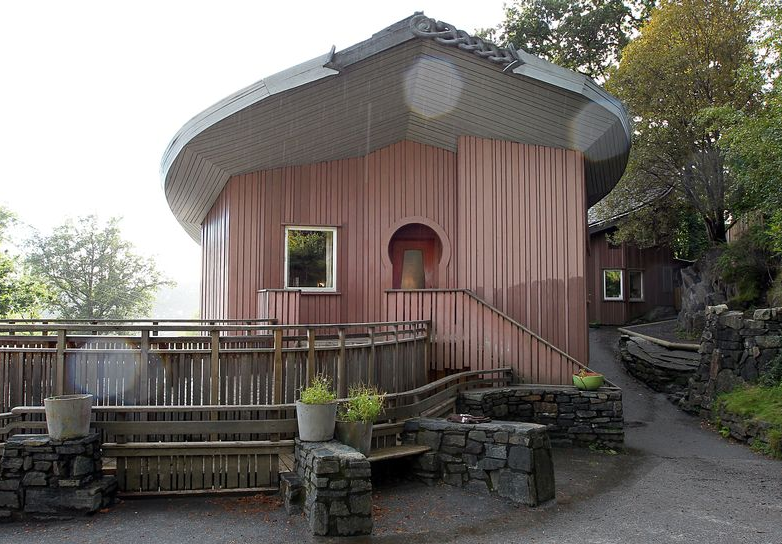In Norway, a country with 5,5 million inhabitants, there are 44 Waldorf kindergartens with 2000 children from ages one to six. And there are 34 Waldorf schools with 5000 children. 5 of them have a high school.
Most kindergartens have separate groups for small children (age 1-3) and groups for older children (age 3-6). The size of the kindergartens ranges between 16-18 children in one group to around 100 children divided in 6 groups.
All our programs are state-funded and Waldorf kindergartens are under the same regulations and conditions as mainstream kindergartens. Parents pay the same amount (regulated by law) for all kinds of kindergartens. Also required staffing is regulated by law. For the children from 1-3 there should be one educator/teacher for every three children. For the bigger children every educator/teacher can have six children. So a usual size for a group is 9 small children (with 3 adults) or 18 big children (with 3 adults).
Although we have the same framework as all kindergartens in Norway, we have our pedagogical freedom. All early childhood programs in Norway (1-6 years) are called “barnehage” that means Kindergarten/Children’s garden. Children in Norway are used to playing outside a lot. Playing in nature is deeply rooted in the Norwegian spirit, so that is not special in Waldorf kindergartens.
In Norway children start school in August the year they are turning 6 years old. In Waldorf schools the curriculum for first grade is actually kindergarten activities, and the school curriculum starts in second grade.There are two kindergartens left in Norway who have their first grade pupils integrated in mixed age kindergarten groups. The other first grade classes have their own classroom furnished as a kindergarten.
Working together. All the Waldorf kindergartens are working together in the Norwegian Association for Steiner/Waldorf Early Childhood Education. This Association has a national conference each year where 350 colleagues meet over a long weekend, with keynote speakers and workshops addressing burning questions such as the role of the adult, attachment theory, core values in Waldorf education, etc.
Training. The Rudolf Steiner College University in Oslo www.rshoyskolen offers a three-year bachelor program and also a part-time education course over a period of five years for students who want to become Waldorf early childhood educators. They also offer a masters degree in Waldorf Education; this program is in English and open for application from all over the world.
Birth to Three. In Norway children from birth to three are in separate groups within the same kindergarten with a few exceptions. Most families are financially dependent on two incomes. Parental leave is in Norway for one year with a full salary, and after that both parents go back to work. Around 75% of one-year-old children in Norway spend long days in early childhood programs, and thus it may be understandable that educators are deeply concerned and struggle with questions and challenges regarding attachment and bonding in the early years.
History. The first Waldorf kindergarten started in 1934 in Oslo, some years after the first Waldorf school, so we have a long tradition in the country. Many of the schools and kindergartens were founded between 1970 and 1990. At first most kindergartens were for children from the age of 3,5 to 7 and they were open from 9 AM until 2 PM. So gradually days got longer and the age younger, especially after around the year 2000. Now most Waldorf kindergartens offer daycare from between 7.00-8.00 AM until 4-5 PM.
Aurelia Udo de Haes, Kindergarten teacher and member of the IASWECE Council
Website of the Country Association
Rudolf Steiner College University


